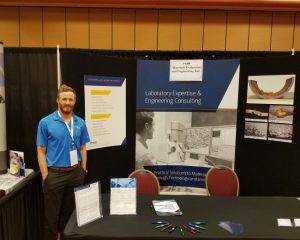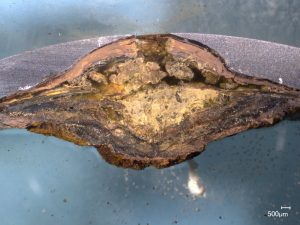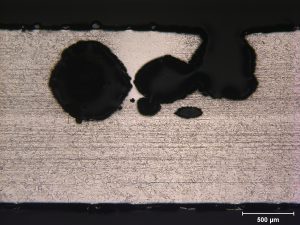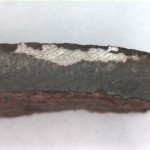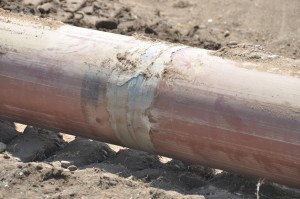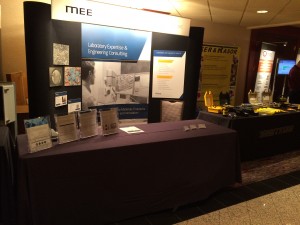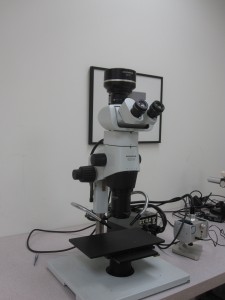Corrosion and Failure Analysis
posted August 2018The NACE International (National Association of Corrosion Engineers) Central Conference in Omaha is just wrapping up. MEE staff engineers Ryan Haase and Neal Hanke have been taking turns attending technical presentations and talking to colleagues at the MEE booth in the exhibit hall.
This year’s conference location in Omaha, just a few hours drive from our Minneapolis location, was a good opportunity for us to discuss local corrosion issues and how MEE can assist in addressing these issues. One of the key benefits of partnering with MEE is our fundamental understanding of materials behavior, including mechanical and corrosion failure mechanisms.
Filed under: Corrosion studies, Failure Analysis, Materials testing laboratory,

